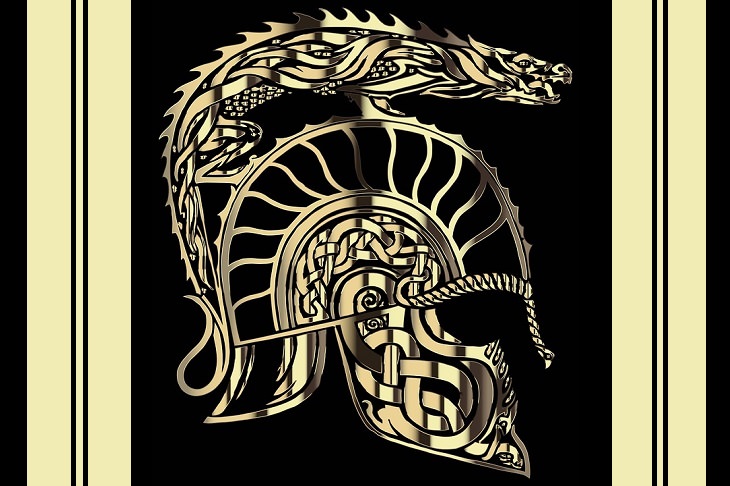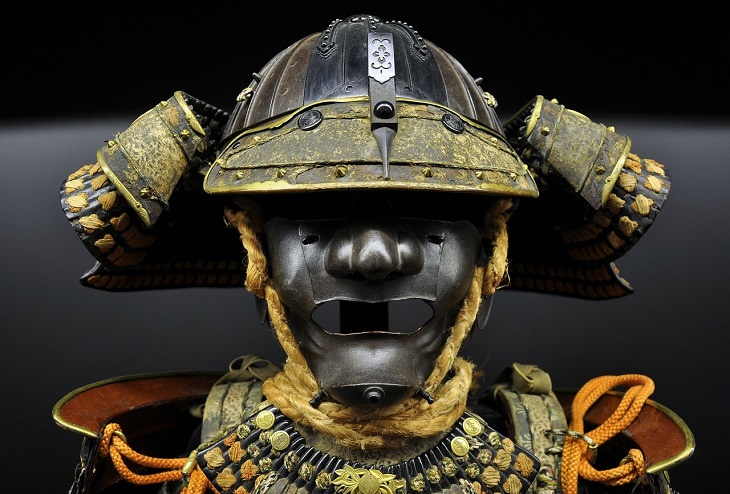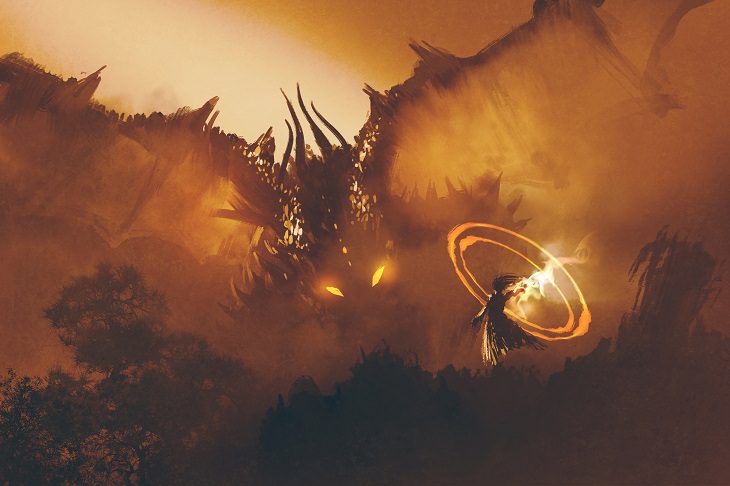1. Do Androids Dream of Electric Sheep?/ Philip K. Dick
Philip K. Dick is somewhat of an anomaly; while many people have heard about Asimov or Heinlein, Philip K. Dick’s name isn’t as universally known, which is strange, as he is one of the most prolific science fiction writers ever, with 44 novels and 121 short stories under his name and at least nine film adaptations of his works, including Minority Report, Total Recall and, of course, Blade Runner.
Do Androids Dream of Electric Sheep? was the novel upon which the Ridley Scott hit was based, and tells the story of Rick Deckard, a bounty hunter on a dying Earth, tasked with finding and “retiring” androids who escaped another human-controlled planet to seek refuge on the humans’ former home planet. The major theme of the novel is what the essence of humanity is, whether a machine can be human and, a man- inhuman.
2. Dune/ Frank Herbert
Frank Herbert’s seminal science fiction novel is receiving its third screen adaptation (not counting a failed and ambitious adaptation by filmmaker Alejandro Jodorowsky which is the subject of its own film), which will be in cinemas on November 2020, a fact that in and of itself speaks to the cultural significance of this novel.
While Dune features a lot of futuristic technology, it has a rather medieval feel to it, with its aristocracy and emperors, sword-fighting, crusades, and scheming courts. In fact, for all of the spacefaring ships, the most powerful tool in the Dune universe is the human mind, and that’s not even a metaphor!
3. The Children of Húrin/ J.R.R. Tolkien
Everybody knows The Hobbit and The Lord of the Rings, but those are just two of Tolkien’s stories set in Middle Earth, the world that Tolkien built that's rich in history, full of heroes and villains, triumphs and tragedies.
The story of The Children of Húrin first appeared in Tolkien’s Silmarillion in an abridged version and follows the story of Túrin, a warrior whose father was captured and cursed by Morgoth, the great enemy of all living things. Túrin's story is fraught with pride, passion, rage and terrible loss. Christopher Tolkien, the late author’s son, used his father’s manuscripts to put together a standalone novel from the story with many elements that did not appear in the Silmarillion version.
4. Ivanhoe/ Sir Walter Scott
Perhaps the most important chivalric novel, it is particularly important in how it impacted the legend of Robin Hood, as the association of the merry bandit with the timeframe of Prince John’s during Richard I’s imprisonment in France was codified in this novel, as was the surname Locksley. Speaking of names, it is in this novel that the given name Cedric first appears.
Of course, while Robin Hood figures rather heavily in the story, he is not the main character, as that would be the eponymous Ivanhoe, a returning crusader belonging to the dispossessed Saxon caste in England and his struggle against the oppression of his people in England. It is also notable in that it is one of the first works of fiction to present Jews as main characters that are not villainous and in a favorable light.
5. I, Robot/ Isaac Asimov
The first instance of the word “robot” in the sense of a manufactured worker that resembles a human was in the play R.U.R. by Czech satirist Karel Čapek, where robots look indistinguishable from humans and which ends with- spoiler alert- the robots uprising and causing the extinction of mankind, starting off one of the most common tropes about robots.
Celebrated science fiction author Isaac Asimov didn’t like R.U.R. very much, but it did get him thinking about how a robot catastrophe could be avoided. His novel I, Robot is a collection of short stories centered on that question, with an underlying assumption of programming a moral code into robots in the form of three laws: 1. that a robot cannot let harm come to a human. 2. That a robot must obey humans inasmuch as it doesn’t cause harm to humans. 3. That a robot must preserve itself, as long as it’s not at the expense of humans. Ironically, the stories themselves go on to show how a truly sentient mind cannot simply be coded without complications arising.
6. Shogun/ James Clavell
During WWII, young British soldier James Clavell was sent to the East Indies to fight the Japanese. While there, he sustained an injury and was taken captive by the Japanese. He spent the remainder of the war in POW camps where he received cruel treatment from his captors. These experiences would later motivate him to learn about the Japanese culture, and why it seems so alien and sometimes harsh to western eyes.
His most famed novel is loosely based on the real story of William Adams, a 16th-century sailor who was the first British man to set foot on Japan and was also one of the only westerners to become a samurai. The names of most characters have been changed in Clavell’s work, and many elements have been added. Shogun is a story of political intrigue, of cultural alienation and of falling in love with the philosophy and intricacies behind the Japanese culture.
7. A Wizard of Earthsea/ Ursula K. Le Guin
Ursula K. Le Guin is perhaps one of science fiction and fantasy’s greatest unsung heroes. She is an admired and influential figure among writers, but one that is somehow not as well-known as many of the artists she inspired (Japanese filmmaker and animation mogul Hayao Miyazaki, to name one).
More than 30 years before J.K. Rowling started writing ideas on a napkin, Le Guin wrote A Wizard of Earthsea, an enthralling coming-of-age story of a talented boy wizard Ged who attends a marvelous school for wizardry and must contend with an unnatural adversary that would stop at nothing to destroy him. Le Guin not only weaves a world that feels real and which is full of detail but is also a master of crafting a story that tugs at the heartstrings, causing you to sweat in fear and gasp in awe. The book has four sequels, each centered on a different character who meets Ged at later stages of his life.

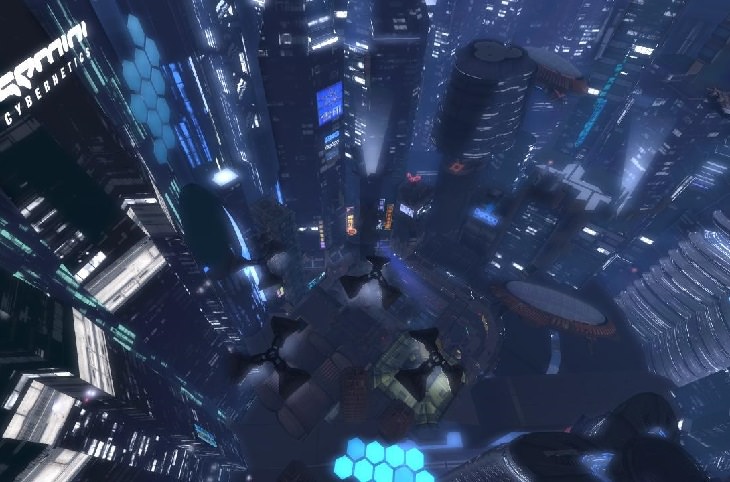 Source: TORLEY
Source: TORLEY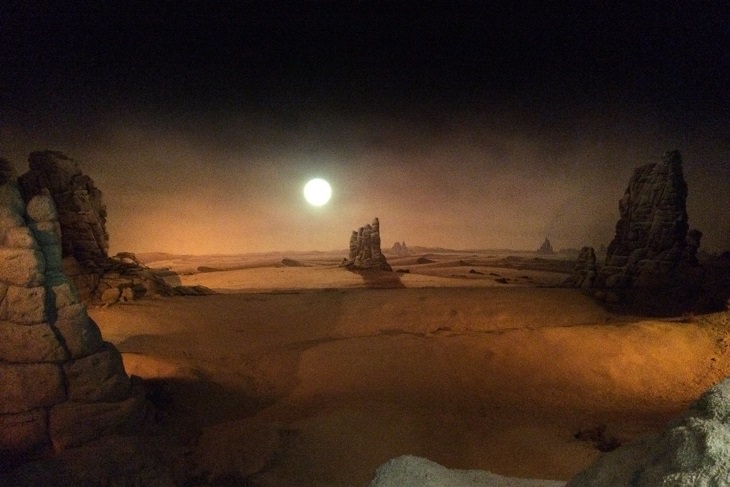 Source: Sam Howzit
Source: Sam Howzit